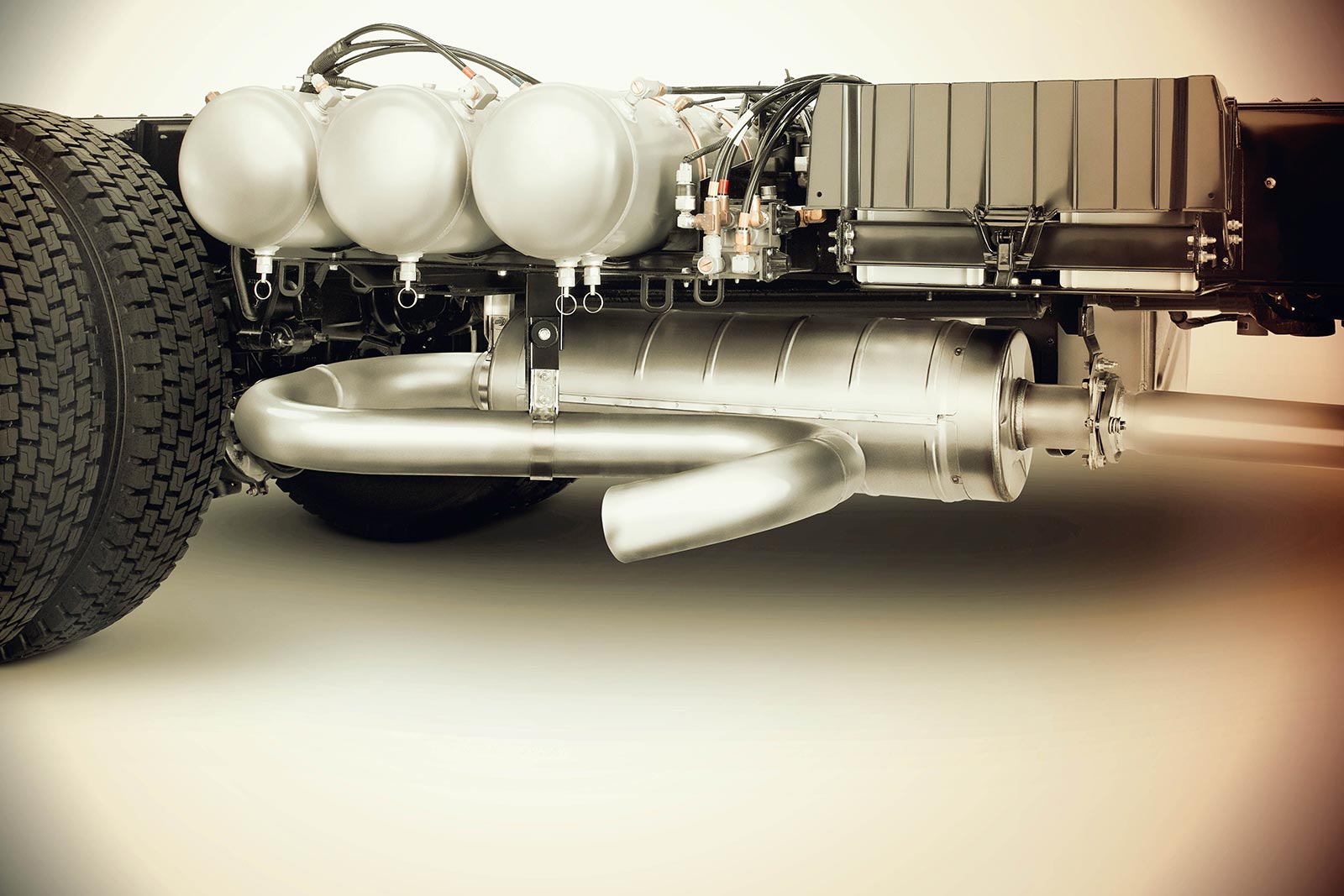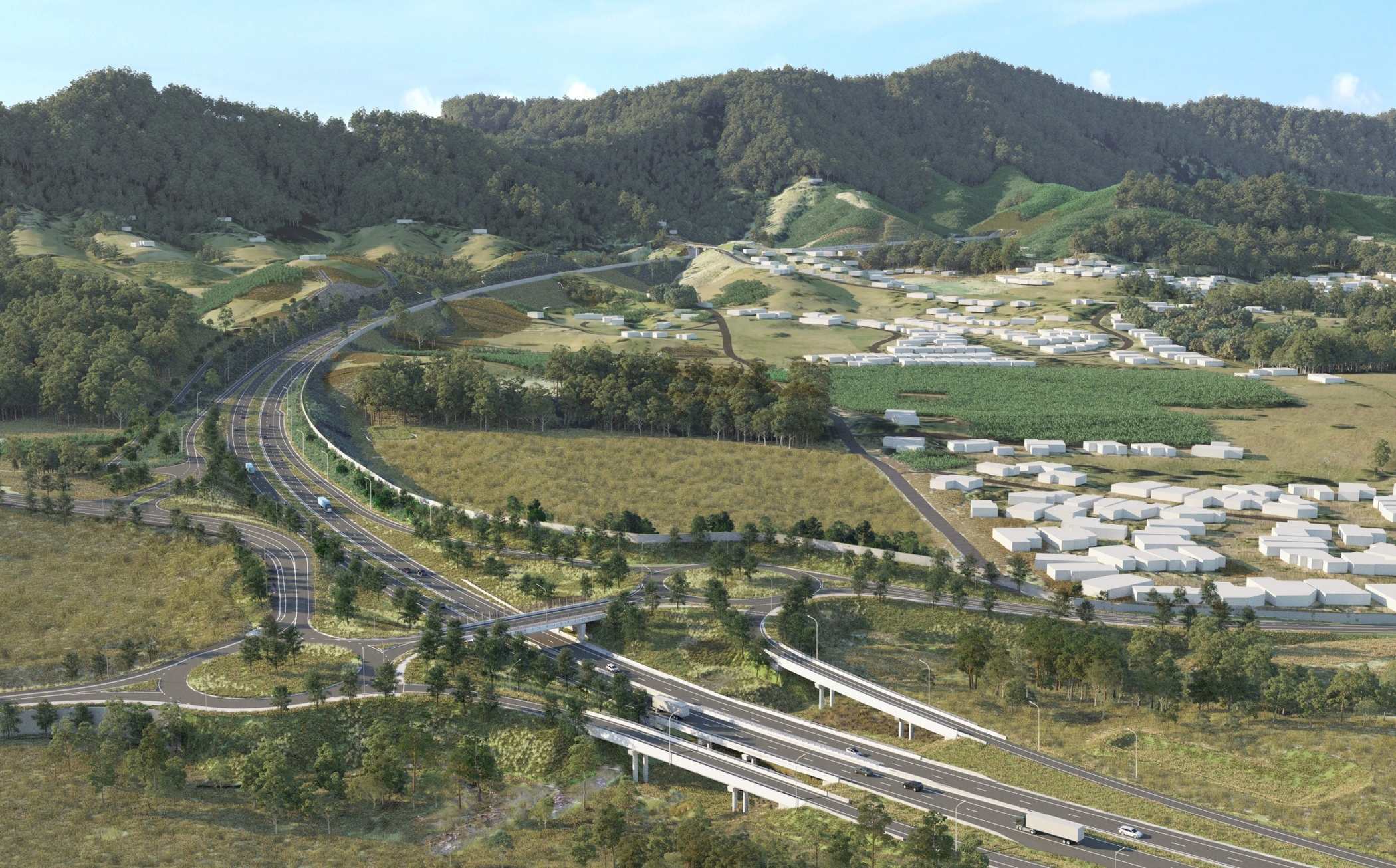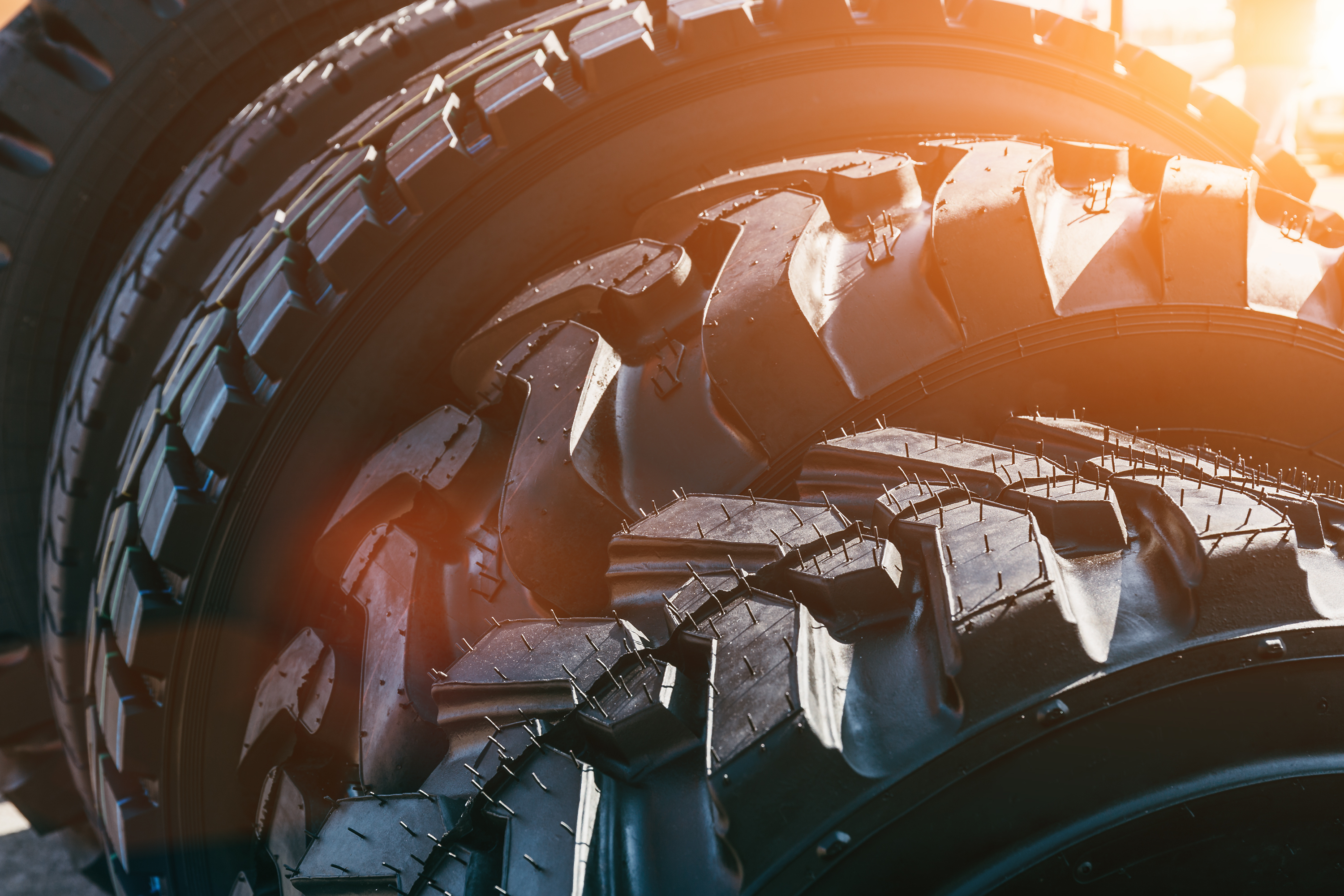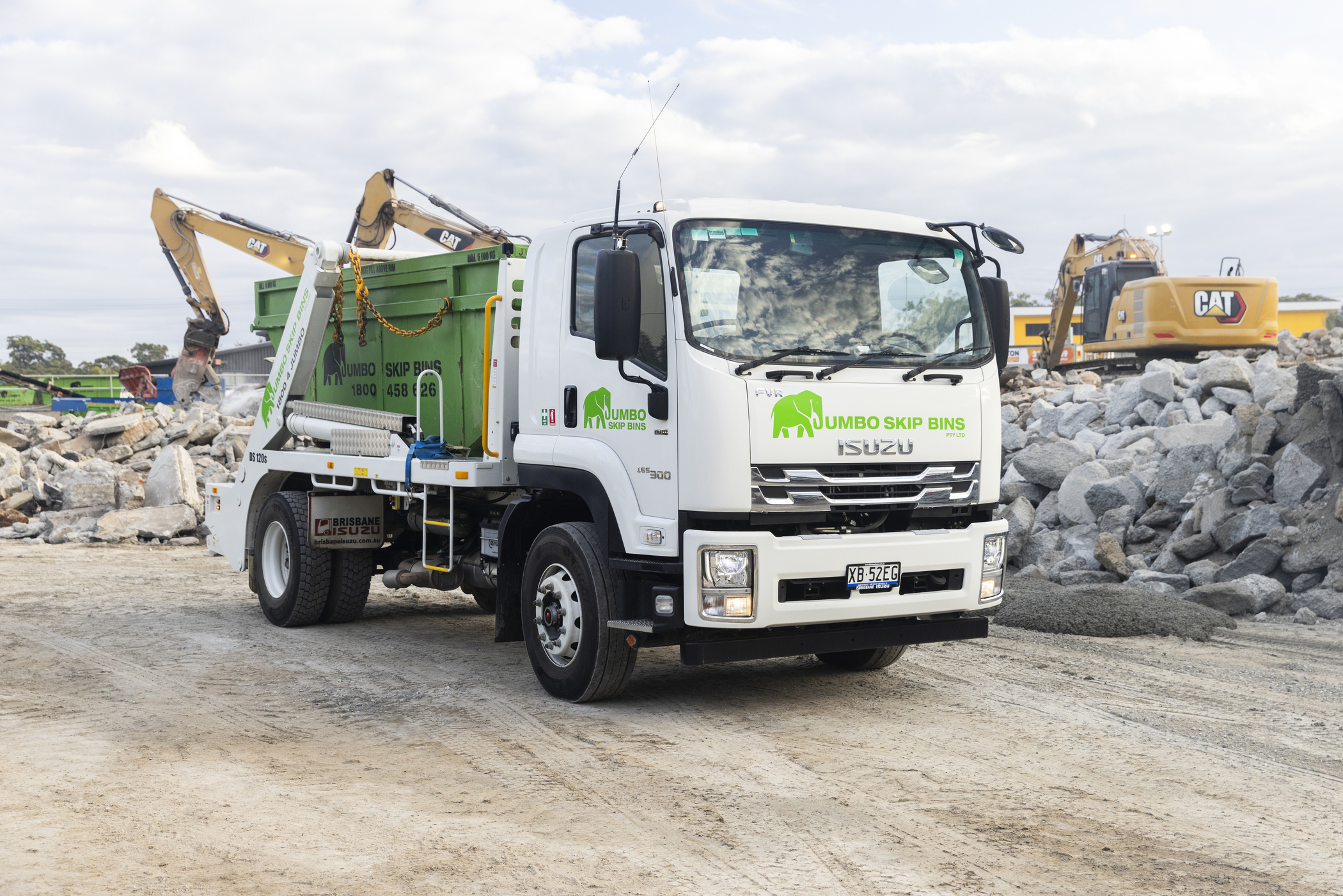TALES FROM THE TAILPIPE: TRUCK EMISSIONS 101

 You only have to look at the scandal that broke when Volkswagen got caught cheating on vehicle emissions tests to know how seriously the subject is taken these days. But the VW scandal concerns cars. Where do trucks fit into the picture of modern emissions regulations? Though heavy vehicles are ruled by their own set of emissions regulations, the rules are just as tight – if not more so. In Europe, the latest regulations have made new trucks cleaner than diesel cars during city driving. Long gone are the days when the only exhaust emission truck operators had to worry about was the puff of blue smoke that was a give away of a worn out engine. Tailpipe emissions are now a high-precision science - in terms of what the latest regulations say is permitted, and the technology truck makers deploy to meet those limits. The result is that today’s trucks are tens of times less polluting than they were just a decade ago. Which makes our cities and highways cleaner and healthier for everyone.
You only have to look at the scandal that broke when Volkswagen got caught cheating on vehicle emissions tests to know how seriously the subject is taken these days. But the VW scandal concerns cars. Where do trucks fit into the picture of modern emissions regulations? Though heavy vehicles are ruled by their own set of emissions regulations, the rules are just as tight – if not more so. In Europe, the latest regulations have made new trucks cleaner than diesel cars during city driving. Long gone are the days when the only exhaust emission truck operators had to worry about was the puff of blue smoke that was a give away of a worn out engine. Tailpipe emissions are now a high-precision science - in terms of what the latest regulations say is permitted, and the technology truck makers deploy to meet those limits. The result is that today’s trucks are tens of times less polluting than they were just a decade ago. Which makes our cities and highways cleaner and healthier for everyone.
What causes truck emissions?
Truck emissions are generated when fuel is ignited to drive the engine. In theory, firing up a truck engine initiates a simple chemical reaction. Diesel and air are drawn into the engine, then squeezed until the mixture ignites – releasing energy, and producing only carbon dioxide and water vapour as by-products. In the real world, a handful of other by-products are also generated, with names like PM, CO and NOx. Read on to get these cryptic chemical codes deciphered.
Truck emissions A-Z
HCs Diesel is a mixture of carbon and hydrogen-rich compounds known as hydrocarbons (HCs). When the diesel is squeezed in the engine cylinder, it doesn’t quite all ignite. A small amount of unburned or only partially burned HCs pass into the exhaust stream. Governments began clamping down on HC emissions in the 1970s. They’re a contributor to smog, a toxic chemical concoction that can irritate the eyes and lungs and aggravate respiratory problems. Modern truck exhaust systems meet the latest limits on the HC emissions using a catalyst that captures escaping HCs and completes their conversion into CO2. CO Carbon monoxide is a closely related to HC emissions. CO is combusted fuel that didn’t quite make the full conversion to CO2. CO is harmful to health because it displaces oxygen from the bloodstream, so it’s particularly dangerous for people with heart conditions. The same catalyst that removes HCs from the exhaust gases also cleans out the CO. NOx When an engine draws in air, it’s getting more than just oxygen. Air is almost 80% nitrogen. Under the high temperatures and pressures found in the engine, nitrogen and oxygen react to form a mixture of nitrogen oxides known as NOx. Combined with HCs, NOx causes smog. It can also react with moisture in the air to form nitric acid – also bad for the lungs. Today’s trucks control their NOx emissions by cooling and recirculating some of their exhaust gas back into the combustion cylinders within the engine. This cooled gas lowers the temperature reached during combustion, so less NOx forms. To meet the latest NOx emissions standards, some trucks also inject ‘diesel exhaust fluid’ (better known by its brand name, AdBlue) into the exhaust gases, which helps break down most of the remaining NOx. PM Particulate matter (PM) in the exhaust is tiny soot particles generated by burning diesel. Modern diesel engines only generate small amounts of tiny particles – but these can lodge deep in the lung or even pass into the bloodstream, so they are tightly regulated. They can also cause environmental damage. So trucks use ceramic filters to trap these particles. CO2 Though not directly damaging to health, carbon dioxide (CO2) is a greenhouse gas, and is considered to be a contributor to global warming. It is also the gas that plants and trees need to survive, and through photosynthesis they produce oxygen. At the UN climate talks held in Paris in December 2015, the world’s governments agreed to curb CO2 emissions. Many countries, including the EU and the US, already restrict the amount of CO2 that trucks can emit. Australia – a signatory to the Paris agreement – is currently weighing up the possibility of introducing CO2 limits in the future.
Emission control
Every new vehicle sold in Australia must conform to a set of regulations known as Australian Design Rules (ADRs). These rules set out the maximum amount of HCs, CO, NOx and PM a new vehicle is allowed to emit. Australia has two sets of ADRs – one for vehicles 3.5 tonnes and under, and one for those over 3.5 tonnes. Though most small and medium-sized vans generally sneak under the 3.5 tonne limit, larger vans and even light trucks fall into the heavy vehicle category. The current emissions ADRs are based on an internationally developed Euro V standard. These standards require trucks to emit 93 per cent less PM compared to the levels permitted in 1996, and about 75 per cent less NOx. In October 2015, the federal government announced a working group to consider implementing the latest Euro VI standard, already in effect in the EU. Euro VI compliant trucks clean a further 80 per cent of NOx and 66 per cent of PM from their exhausts. The working group will also consider placing a limit on the amount of CO2 that light vehicles are allowed to emit. Limiting CO2 emissions from trucks is not currently under discussion – though in the longer term, it is all but inevitable. In the mean time, keeping your fleet of trucks well maintained not only saves fuel costs. A tune-up will keep emissions down. One last thing to remember. Even though today’s trucks have cleaner-burning engines than ever, long-term exposure to idling truck exhaust (or diesel generator fumes) is still something to avoid. Check out Safe Work Australia’s guide to minimising your exposure. Click here to download Isuzu's full emission statement.


Playtime’s over, get $3,500* to spend on extras.
If you’re ready to get serious about tackling bigger jobs, grab yourself an NLR 45-150 AMT SWB Traypack from the Ready-to-Work range for $62,990 drive away*. And to prove we aren’t playing, buy any NLR Traypack before June 30 and you’ll get $3,500* to spend on genuine accessories or an Essentials service agreement.
Learn more



